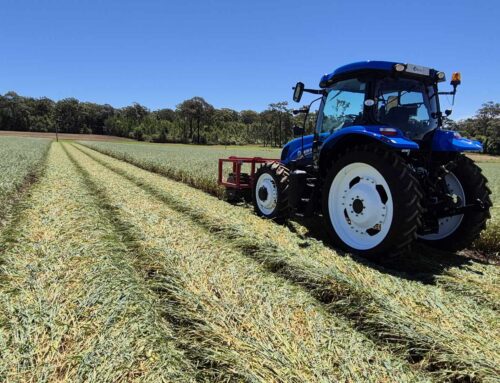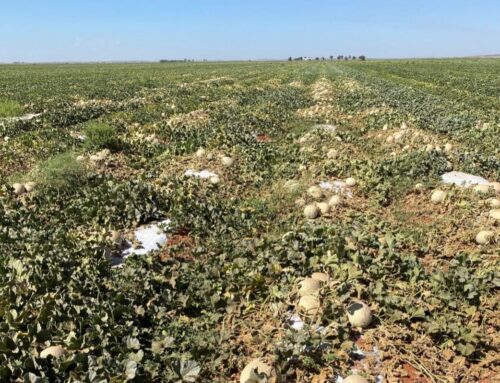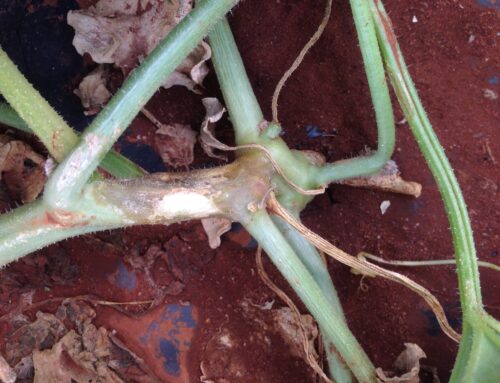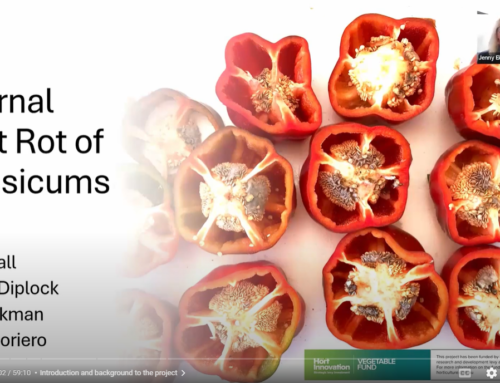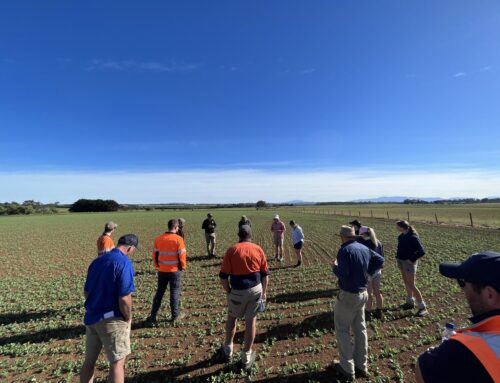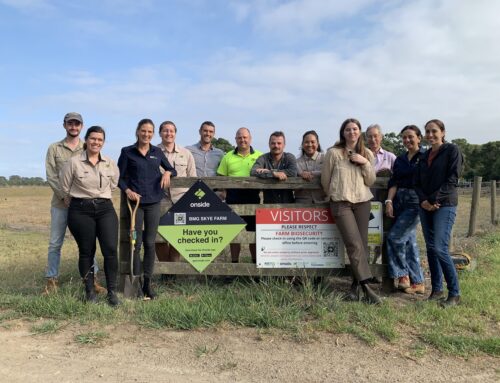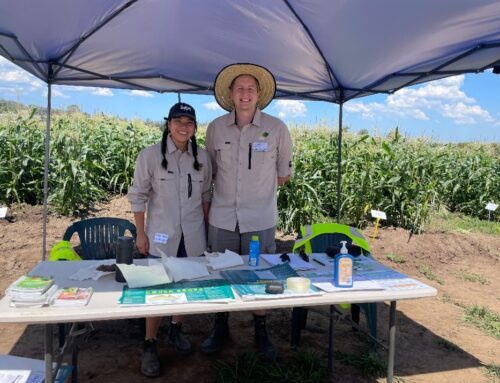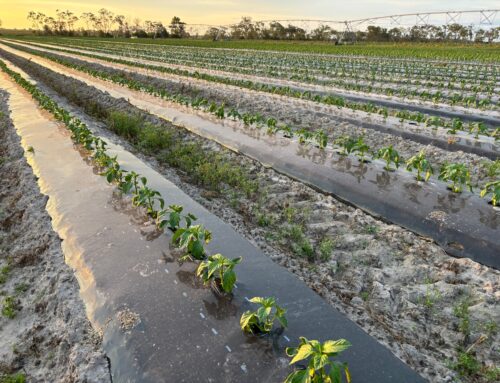Site-specific crop management (SSCM) aims to use data from a range of crop production parameters – measured using new sensing technologies – to determine their impacts on crop yield and spatial variability within fields.
A study, titled Understanding spatial variability in potato cropping to improve yield and production efficiency by The University of Sydney and Simplot Australia Pty Ltd, (Hort Innovation, 2015) evaluated the potential for site-specific crop management to be used within the Tasmanian potato industry. While the study focused on potatoes, the findings are also relevant for other vegetable crops.
This article summaries the findings from that study.
The study examined variance within fields by measuring elevation, apparent soil electrical conductivity (ECa) and crop reflectance which was used to calculate the Normalised Difference Vegetation Index (NDVI) within 16 paddocks across two growing regions (North and Midlands) in two seasons (2014 and 2015). It’s important to note the study took on-ground soil and plant physical and chemical measurements at various points within fields to ground-truth and calibrate the sensor produced data.
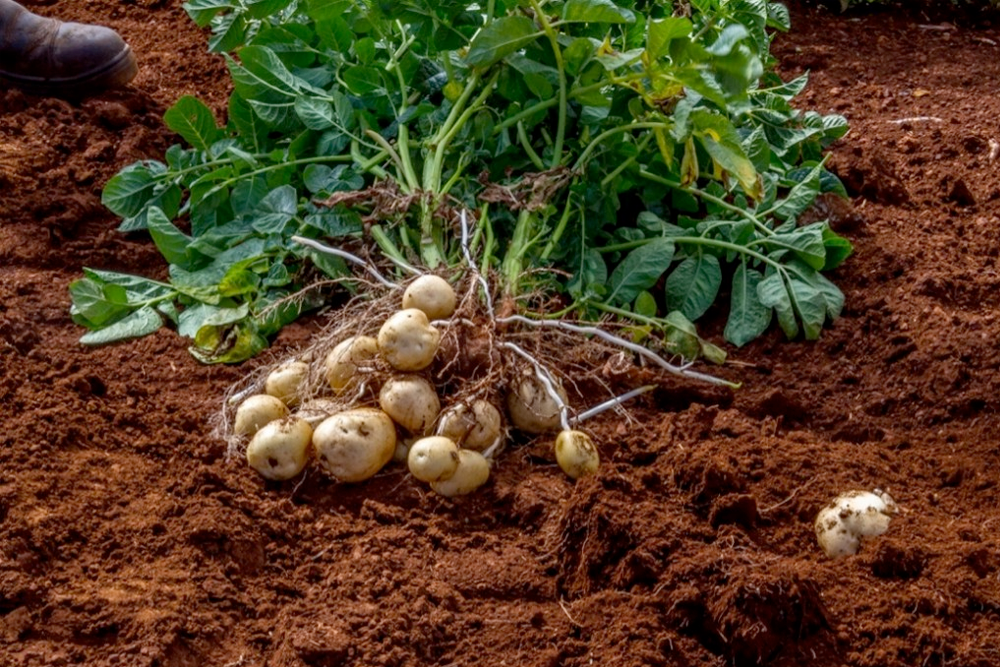
Key messages
Yield data
- There was a greater than 3-fold variation in potato yield, (mean 64.3 t/ha, S.D. 17 t/ha), demonstrating the need for further investigation improvements in the allocation of inputs to the potato production system.
- Yield data (e.g. collected using load cells on harvesters) and viability within paddocks, is essential for adopting SSCM.
Aerial NDVI imagery
- Early-season aerial imagery could be used to detect build-up of soil-borne pathogen load and warrants further investigation.
- Mid-season aerial imagery is useful for the early identification of within field deficiencies in the major macronutrients (N,P,K).
- NDVI imagery can be useful for crop management and risk management; timing of imagery needs to be considered.
Irrigation management
- Results suggested there may still be a significant negative impact on yield from temporary waterlogging caused by within-field variation in soil water holding capacity.
- Variable rate irrigation should be explored based on the changes in soil type identified using apparent soil conductivity (ECa) surveys, or early-season aerial imagery.
Combining data produced by a range of technologies and tools
- Data can be combined from a range of technologies and tools (e.g. yield data, aerial imagery, soil-borne pathogen DNA soil testing, grid soil sampling).
- This could ultimately allow for more efficient use of inputs, such as fertiliser and irrigation, which in turn can increase returns e.g. through better crop quality (less disease from waterlogging), reduced fertiliser costs and/or increased yield.
Study objectives
The objectives were:
1. Assess and ground-truth sensor data – The project aimed to determine how the data produced from new-sensing technologies correlates with soil physical characteristics and moisture, and plant physical and chemical characteristics. This was done by ground-truthing and calibrating the sensor-derived data with on-ground measurements. A harvesting-sensor was also used to determine within-field yield variations, and this was used to correlate yield with the other sensor-derived measurements.
2. Determine how data can be used for management decisions – The study also sought to determine how these measurements could be used to develop variable rate input application to match crop requirements within paddocks. Using variable application of inputs has the potential to increase production efficiency and profitability by reducing. The benefits of this could be two-fold: increased yields (by targeting areas of input deficiency), and reduced input costs in areas where additional application of inputs are not required. Reduced excessive application of inputs also carries sustainability benefits.
Sensor technologies used
Soil ECa sensors measure the apparent electrical conductivity of soil, which from previous studies is known to correlate with several physical soil parameters, including soil texture and moisture. Soil ECa sensors were used to map soil conductivity across fields and provide an indication of soil structure and soil moisture variation within fields. These sensors were vehicle mounted to provide fine-scale data.
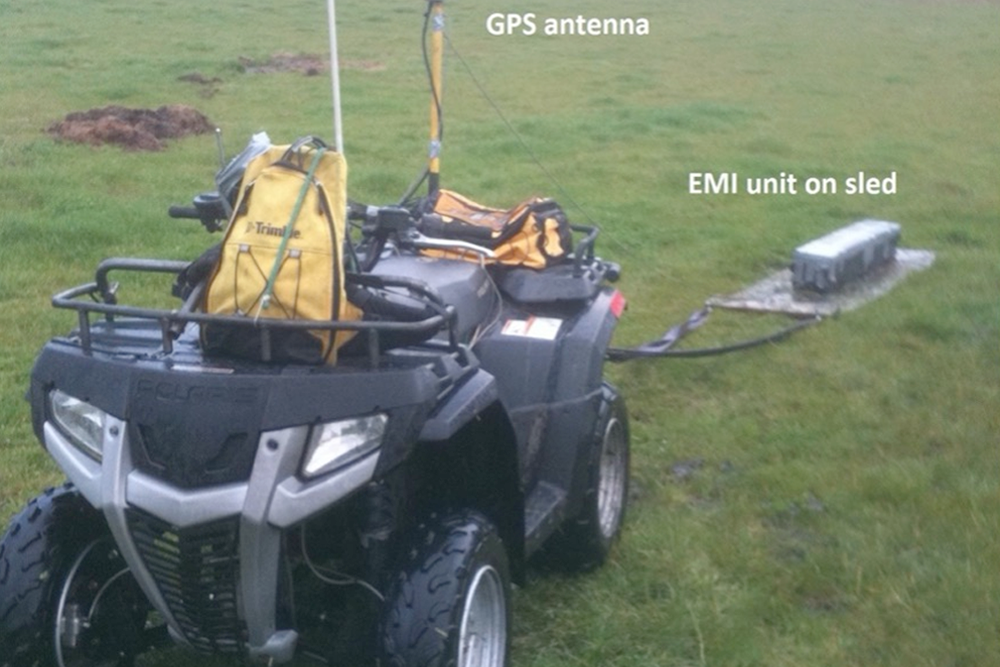
Yield monitors: A harvester-mounted sensor system was used to measure crop yields at individual points within a field. Crop yield data within-fields was then combined with other information such as ECa (soil moisture levels), elevation and crop reflectance/NDVI (plant biomass) to determine potential yield impact. This knowledge could be useful as information beneficial to help inform management decisions for future seasons.
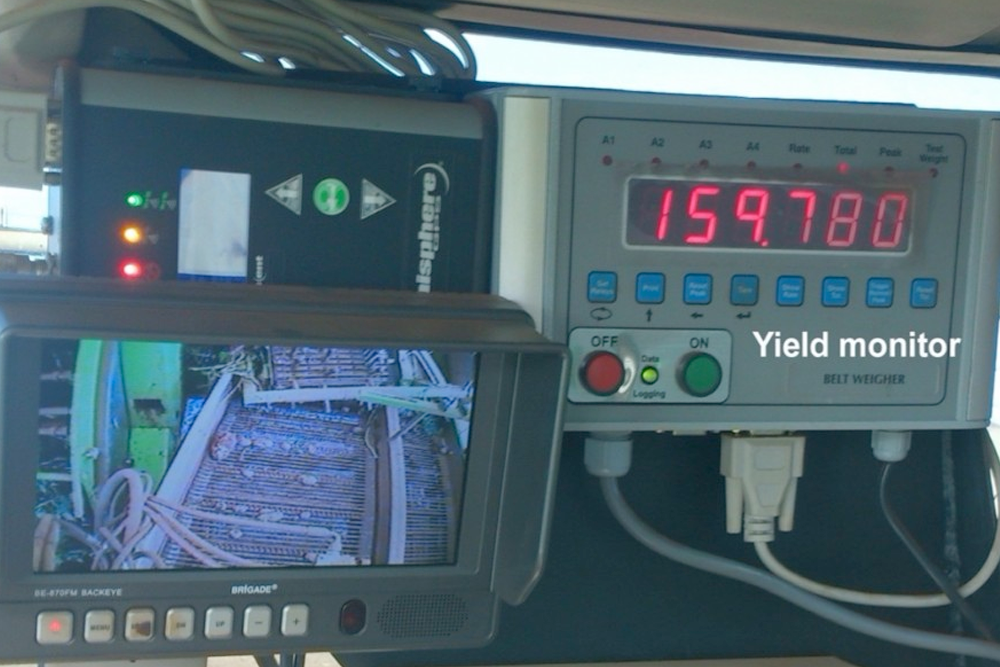
NDVI: Crop reflectance sensors were calibrated in this project to measure plant biomass production. Reflectance is converted to NDVI to produce a measure of crop greenness, vigour/health. The sensors were mounted on an aircraft; however, it was noted there is potential for these sensors to be vehicle mounted in future, which could reduce costs. Crop reflectance provided an indication of crop growth variability across the paddock, information which could be used within seasons to influence input application.
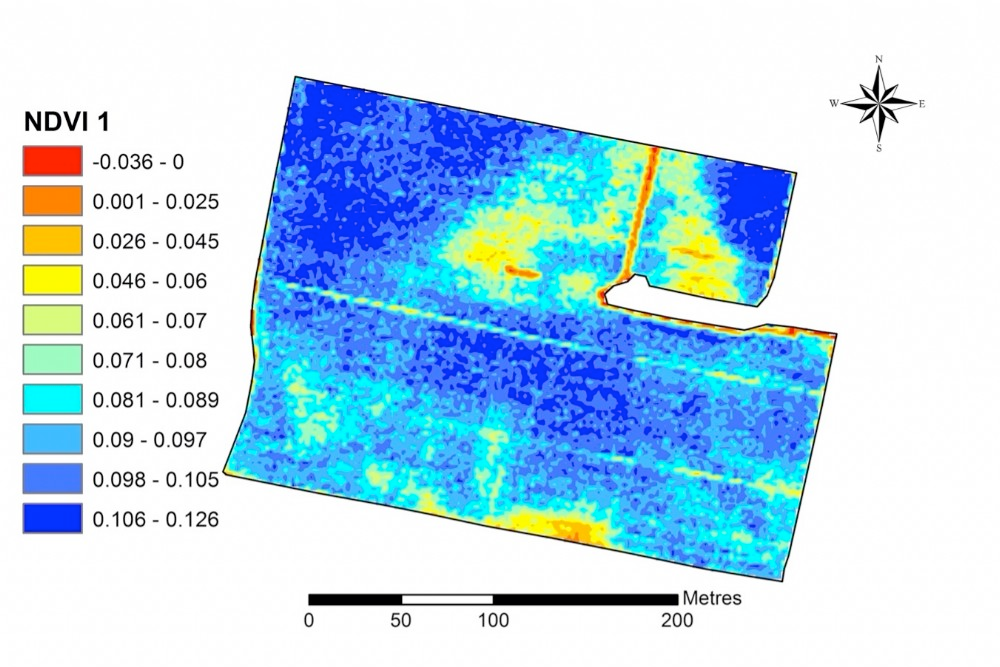
High resolution elevation data was used for each individual paddock and combined with the outputs of other sensor-derived data. This data was collected using an ATV fitted with an electromagnetic induction instrument, which also measured apparent soil conductivity simultaneously. On average, yields were greater in areas of higher elevation.
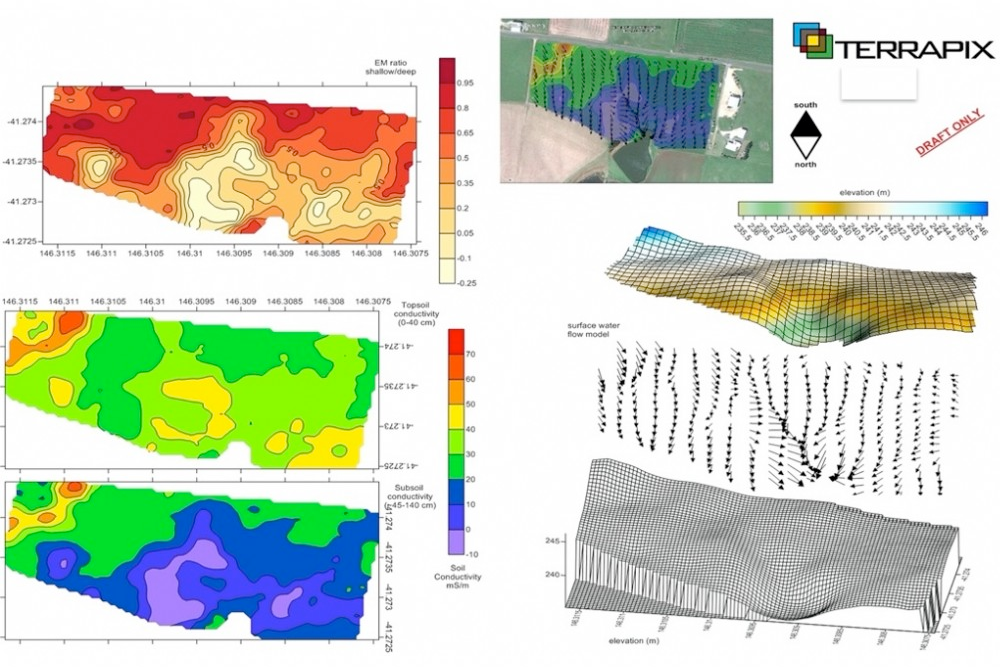
Soil pathogen DNA data
| SENSOR | FINDINGS | RECOMMENDATIONS |
| ECa (apparent soil conductivity) |
|
|
|
|
|
|
|
|
| NDVI (crop reflectance) |
|
|
|
|
|
| Yield (within-field) |
|
|
Reference
Hort Innovation (2015). Understanding spatial variability in potato cropping to improve yield and production efficiency. The University of Sydney and Simplot Australia Pty Ltd. Hort Innovation Project Number PT13000. Authors: Brett Whelan and Frank Mulcahy.

